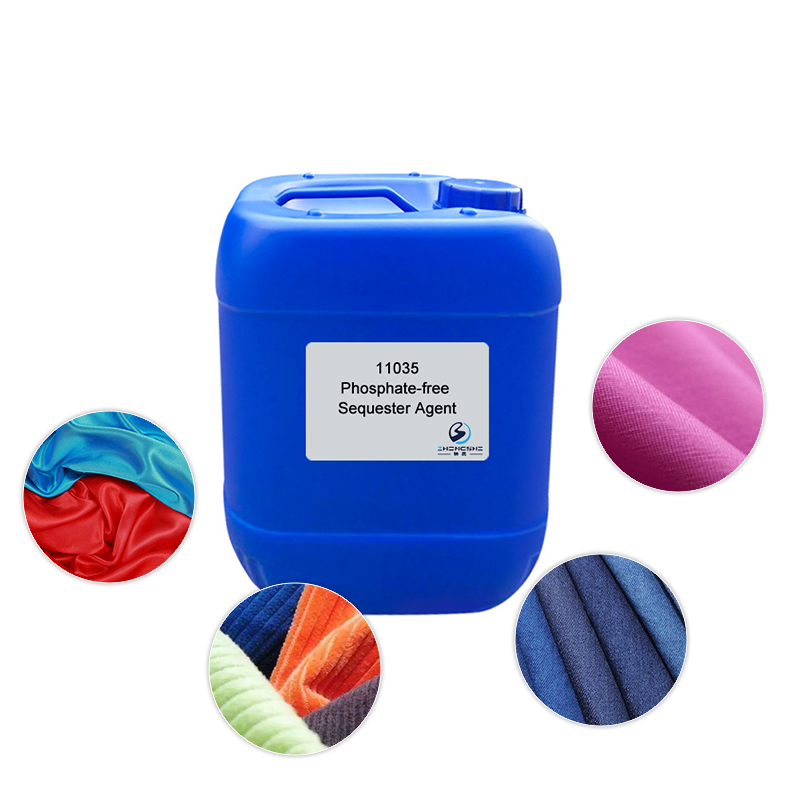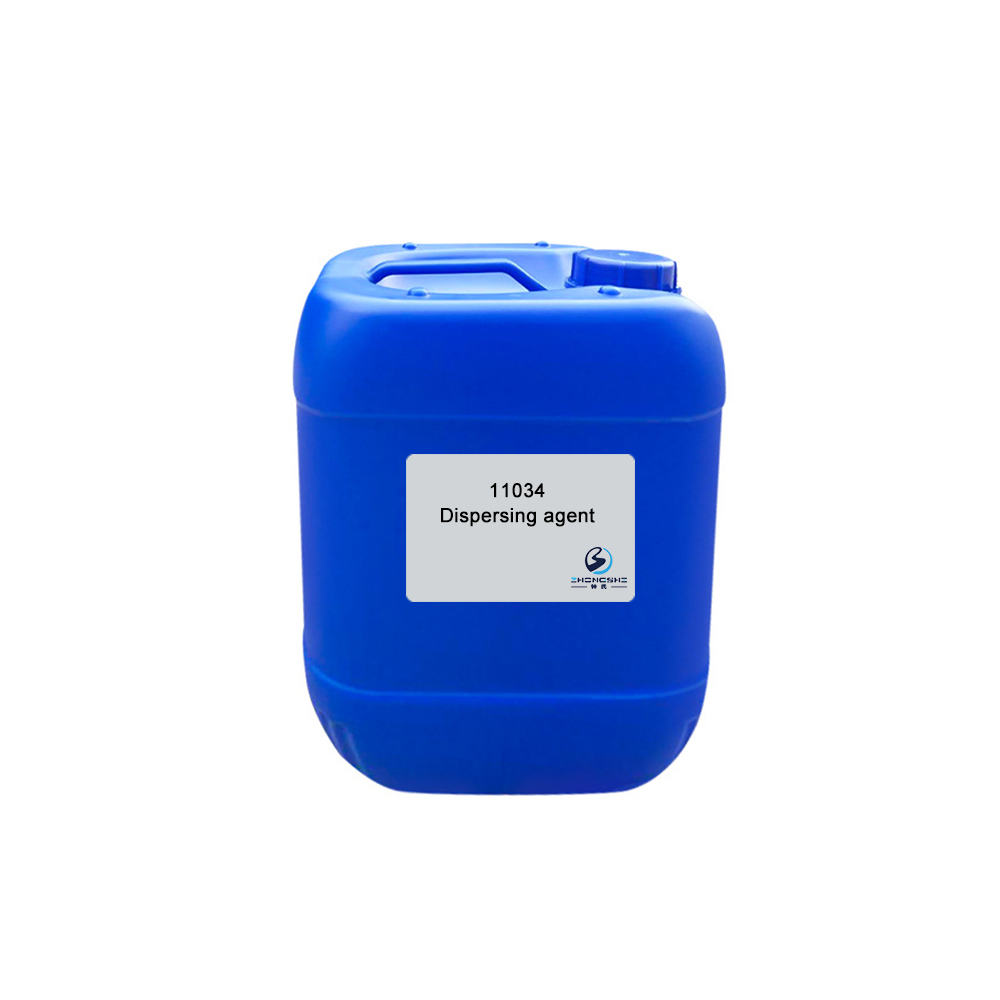13576-25 Chelating & Dispersing Agent
Features & Benefits
- Stable in high temperature, alkali and electrolyte. Good oxidation resistance.
- High chelating value and stable chelating ability for heavy metal ions, as calcium ions, magnesium ions and iron ions, etc., even under condition of high temperature, strong alkali, oxidizing agent and electrolyte.
- Excellent dispersing effect for dyes. Can keep the stability of bath and prevent coagulation of dyes, impurities or dirt, etc.
- Good anti-scale effect. Can disperse dirt and impurities and prevent their sedimentation in equipment.
- High efficiency. Cost-effective.
Typical Properties
| Appearance: | Colorless transparent liquid |
| Ionicity: | Nonionic |
| pH value: | 2.0±0.5 (1% aqueous solution) |
| Solubility: | Soluble in water |
| Content: | 13% |
| Application: | Various kinds of fabrics |
Package
120kg plastic barrel, IBC tank & customized package available for selection
TIPS:
Vat dyes
These dyes are essentially water-insoluble and contain at least two carbonyl groups (C=O) that enable the dyes to be converted by means of reduction under alkaline conditions into a corresponding water-soluble ‘leuco compound’. It is in this form that the dye is absorbed by the cellulose; following subsequent oxidation the leuco compound regenerates the parent form, the insoluble vat dye, within the fiber.
The most important natural vat dye is Indigo or Indigotin found as its glucoside, Indican, in various species of the indigo plant indigofera. Vat dyes are used where very high light- and wet-fastness properties are required.
Derivatives of indigo, mostly halogenated (especially bromo substituents) provide other vat dye classes including: indigoid and thioindigoid, anthraquinone (indanthrone, flavanthrone, pyranthone, acylaminoanthraquinone, anthrimide, dibenzathrone and carbazole).









